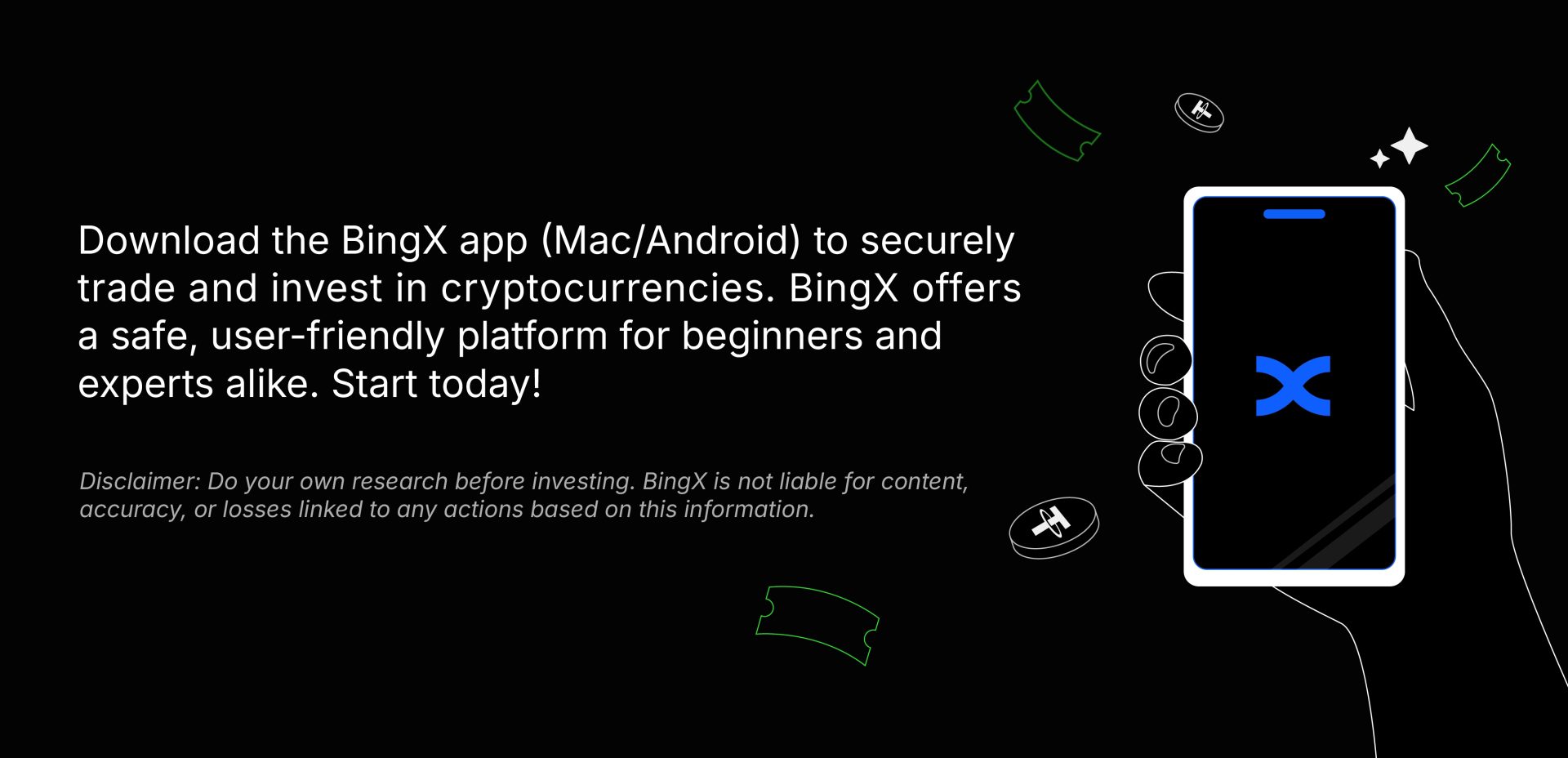The United Arab Emirates (UAE) and Saudi Arabia (KSA) have long been synonymous with wealth, innovation, and forward-thinking economic strategies. In recent years, high-net-worth individuals (HNWIs) from these Gulf powerhouses have increasingly focused on digital assets—cryptocurrencies, tokenized investments, and blockchain-based opportunities. In 2025, this shift is no fleeting trend; it’s a calculated move by savvy investors capitalizing on the region’s unique position in the global financial landscape. Here’s why UAE and KSA HNWIs are betting on digital assets—and what it means for the future of wealth in the Middle East.
A Region Primed for Crypto Adoption
The UAE and KSA boast some of the world’s most progressive environments for digital finance. The UAE’s Dubai has emerged as a global crypto hub, with its blockchain-friendly policies and ambitious vision to become a leader in Web3 innovation. Meanwhile, KSA’s Vision 2030 emphasizes diversification beyond oil, opening doors to fintech and digital investments. For HNWIs, whose portfolios often span real estate, equities, and private equity, this crypto-friendly backdrop offers a compelling new frontier.
Recent data underscores this momentum. The MENA region, led by the UAE and KSA, accounts for a significant share of global crypto transaction volume, with estimates suggesting over $500 billion in activity in 2024 alone. HNWIs, with their substantial capital and appetite for high-growth opportunities, are at the forefront of this surge, drawn by the potential for outsized returns and portfolio diversification.
Diversification Beyond Traditional Assets
For UAE and KSA HNWIs, digital assets represent a hedge against volatility in traditional markets. With oil prices subject to global fluctuations and real estate cycles maturing, cryptocurrencies like Bitcoin and Ethereum offer an uncorrelated asset class. In 2024, Bitcoin’s rally past $80,000 and Ethereum’s steady climb above $3,000 reaffirmed their appeal as “digital gold” for wealth preservation and growth—a trend HNWIs in the Gulf are quick to embrace.
Beyond major cryptocurrencies, tokenized assets are gaining traction. Real estate tokenization, for instance, allows HNWIs to fractionalize ownership of premium properties in Dubai or Riyadh, unlocking liquidity without selling outright. This blend of innovation and familiarity—tying digital assets to tangible wealth—resonates with the region’s investment mindset, driving adoption among the elite.
Wealth Preservation in a Digital Age
Inflation and currency risks are perennial concerns for HNWIs, and the UAE and KSA are no exception. While the UAE dirham and Saudi riyal remain pegged to the U.S. dollar, global economic shifts—such as rising U.S. interest rates in 2024—prompted Gulf investors to seek alternatives. Digital assets, particularly stablecoins and decentralized finance (DeFi) protocols, offer a way to preserve wealth outside traditional banking systems. The ability to earn yields through staking or lending, often exceeding conventional savings rates, adds further allure.
In KSA, where Islamic finance principles guide many portfolios, Sharia-compliant digital assets—like tokenized sukuk—are emerging as a bridge between faith-based investing and modern technology, appealing to wealth managers and family offices alike.
Access to Global Opportunities
The UAE and KSA’s strategic locations and tax advantages have long made them gateways to global markets. Digital assets amplify this advantage, enabling HNWIs to invest in international projects—think tokenized startups in Silicon Valley or renewable energy ventures in Europe—without the friction of traditional cross-border finance. Blockchain’s borderless nature aligns perfectly with the Gulf’s cosmopolitan investor base, many of whom manage multi-jurisdictional portfolios.
A key driver for HNWIs in the UAE and KSA is the region’s proactive regulatory stance. The UAE’s Virtual Assets Regulatory Authority (VARA) in Dubai has set a gold standard for crypto oversight, balancing innovation with investor protection. KSA, while more cautious, has signaled openness to digital finance under its Financial Sector Development Program. This clarity reduces the perceived risk of digital assets, giving HNWIs the confidence to allocate significant capital—often in the millions—without fear of sudden crackdowns seen in other markets.
The Future of Wealth in the Gulf
The UAE and KSA HNWIs’ bet on digital assets is more than a reaction to market trends, it’s a strategic play to stay ahead in a digitizing world. As blockchain technology matures and integrates with traditional finance, these investors are positioning themselves as early adopters in a sector poised for exponential growth. By 2030, analysts predict the global crypto market could exceed $5 trillion, and the Gulf’s wealthiest are ensuring they have a stake in that future.
For now, the trend is clear: digital assets are no longer a niche curiosity but a core component of wealth strategies in the UAE and KSA. Whether it’s diversification, preservation, or global access, HNWIs see crypto as a tool to amplify their financial legacy. As the region continues to lead in innovation, their investments may set the tone for how wealth evolves, not just in the Gulf, but worldwide.
Download the BingX exchange app (mac/android) today and check out the various digital assets available.
